World News
1-Iran Issues Dire Warning to Israel and Defies Trump on Nukes: “We’re Ready to Strike Deep Inside”
Iranian President Masoud Pezeshkian declares military readiness for war with Israel and rejects Donald Trump’s claim that Iran’s nuclear program is finished

Tensions in the Middle East just took a sharp and dangerous turn.
In a defiant and fiery address, Iranian President Masoud Pezeshkian has warned that Iran is prepared for full-scale war with Israel if provoked, signaling one of the most direct threats in recent memory. In a report carried by Al Jazeera, Pezeshkian declared that Iran’s armed forces are ready to strike “deep inside Israel” in response to any military escalation.

“We are fully prepared for any new Israeli military move,” said Pezeshkian. “Our armed forces are ready to strike deep inside Israel again.”
The sharp rhetoric comes amid growing instability in the region and renewed concerns over Iran’s nuclear ambitions. Pezeshkian’s statement isn’t just military posturing—it’s a public message that Iran sees confrontation with Israel as imminent and potentially unavoidable.
Not Hopeful About Ceasefire
Pezeshkian expressed skepticism about the potential for a ceasefire, stating bluntly:
“We are not optimistic. That is why we have prepared ourselves for any possible scenario.”
He accused Israel of initiating harm, while asserting that Iran had retaliated, describing the situation as a balance of retribution. “Israel has harmed us, and we have also harmed it,” he said, referring to ongoing clandestine operations, cyberattacks, and proxy conflicts in Syria, Lebanon, and beyond.
This escalation comes in the wake of months of tension along the Israeli-Iranian axis, including attacks on Iranian military advisers in Syria and drone strikes targeting Israeli-linked cargo ships. Pezeshkian’s warning implies that Iran is ready to move from covert operations to direct military engagement if necessary.
Table of Contents
Nuclear Program Far From Over, Says Iran
Perhaps even more startling was Pezeshkian’s direct rejection of Donald Trump’s recent remarks that Iran’s nuclear program had been “dismantled.” Pezeshkian scoffed at the former U.S. President’s assertion, stating that Iran’s nuclear knowledge is “not in the facilities—it’s in the minds of our scientists.”
“Trump says that Iran should not have a nuclear weapon, and we accept this,” Pezeshkian said. “Because we reject nuclear weapons—this is our political, religious, humanitarian, and strategic position.”

Still, the Iranian leader left no doubt that the country’s nuclear ambitions are alive and deeply embedded within its national identity. The message was clear: Iran will not bow to Western pressure, sanctions, or threats.
Diplomacy—But Not at Any Cost
While Iran appears open to dialogue, Pezeshkian clarified that any future negotiations would need to be conducted under a “win-win” framework, without threats or ultimatums.
“We believe in diplomacy, but we will not accept threats and dictates,” he said.
This is a subtle jab at both the U.S. maximum pressure policy and Israel’s shadow war tactics. Pezeshkian is drawing a red line: Iran may sit at the negotiation table, but only on equal footing.
This positioning is a calculated move. With growing international pressure, economic sanctions, and a restless public, the Iranian regime is signaling that military defiance and diplomatic sovereignty remain its top priorities.
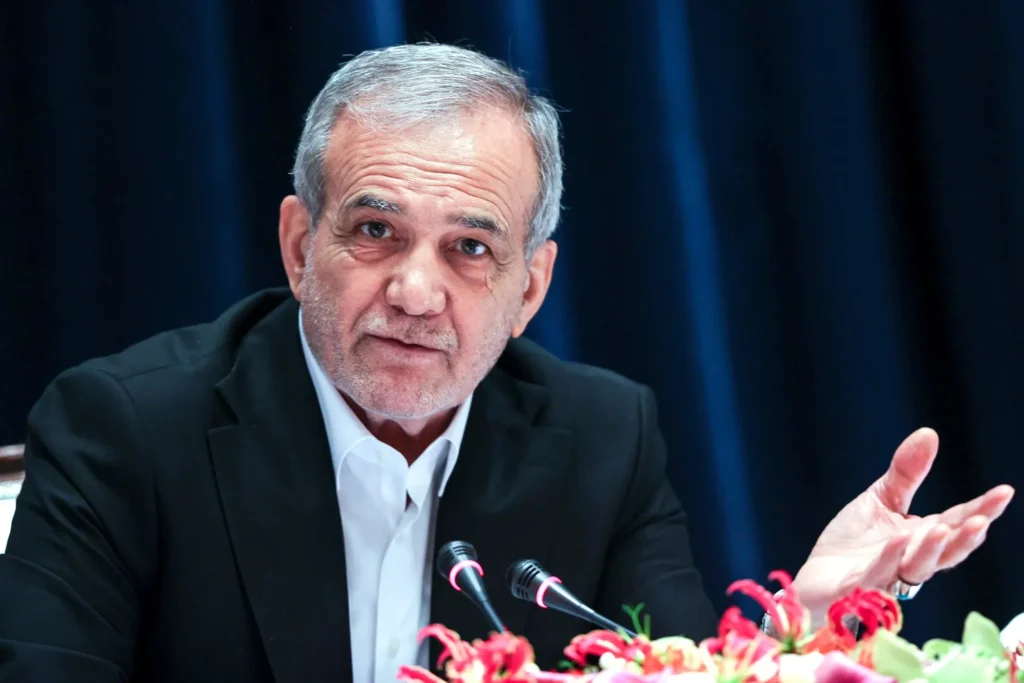
Global Reactions and the Road Ahead
International reaction has been swift and measured. The United Nations called for restraint, while European Union officials expressed concern over Iran’s aggressive posturing. Meanwhile, Israel has yet to issue a direct response, though Israeli defense sources told local media that they are “monitoring the situation very closely.”
Security analysts believe the remarks are part of Iran’s psychological warfare strategy—reminding Israel and the West that any strike will be met with overwhelming response. But others worry that such threats can quickly spiral into unintended conflict, especially with Iran-backed groups like Hezbollah already on edge in the region.
Why It Matters Now
This moment could mark a significant pivot in U.S.-Iran-Israel relations. With Trump potentially preparing for another presidential run and Congress divided on Middle East policy, Pezeshkian’s public statement is as much aimed at Washington as it is at Jerusalem.
It also highlights the deep fragility of the so-called “nuclear freeze” narrative, suggesting Iran’s program is more resilient and decentralized than ever before.
For more Update http://www.dailyglobaldiary.com
World News
Hungarian Novelist László Krasznahorkai Wins 2025 Nobel Prize in Literature — ‘A Master of the Apocalypse’
The Nobel Committee hailed László Krasznahorkai for his “compelling and visionary oeuvre” that explores human despair and resilience amid apocalyptic terror.

The 2025 Nobel Prize in Literature has been awarded to László Krasznahorkai, the acclaimed Hungarian novelist whose hauntingly complex prose delves deep into humanity’s struggle with chaos, meaning, and survival.
Announced in Stockholm, Sweden, on Thursday, the Nobel Committee praised Krasznahorkai for his “compelling and visionary oeuvre that, in the midst of apocalyptic terror, reaffirms the power of art.”
Born in Gyula, Hungary in 1954 — just two years before the Hungarian Revolution crushed by Soviet forces — Krasznahorkai grew up in a country marked by repression and disillusionment. His work reflects that bleakness, often portraying societies teetering between hope and annihilation.
“I examine reality to the point of madness,” Krasznahorkai once said, a statement that perfectly encapsulates his dark literary universe.
A Visionary of Absurdism and Despair
Known for his sprawling, labyrinthine sentences and unflinching portrayal of human despair, Krasznahorkai’s novels have long been celebrated among literary circles. The late Susan Sontag once dubbed him “the contemporary master of the apocalypse.”
His novels, often set in remote, decaying Central European towns, explore how ordinary people search for meaning in a godless world. Critics have called his prose “a slow lava-flow of narrative” — an apt description by his longtime translator George Szirtes, who helped bring Krasznahorkai’s work to English-speaking readers.
When only a handful of his books were available in English, literary critic James Wood famously wrote that Krasznahorkai’s works were “passed around like rare currency.” That has since changed, as his influence has grown worldwide.

The World of Krasznahorkai: Chaos, Faith, and Power
Krasznahorkai’s breakthrough novel, “The Melancholy of Resistance” (1989), exemplifies his signature themes. The story begins when a mysterious circus arrives in a small Hungarian town, bringing only the carcass of a massive whale. As curiosity turns to paranoia, the villagers spiral into violence and authoritarianism — a chilling allegory for how societies descend into tyranny.
The Nobel Committee highlighted how “the mysterious and menacing spectacle sets extreme forces in motion,” with one character, Mrs. Eszter, exploiting the chaos to seize control. Within two weeks, she transforms the town into her own oppressive regime — a reflection, perhaps, of Europe’s cyclical descent into authoritarianism.
Yet Krasznahorkai resists simple moral lessons. In interviews, he has described art as humanity’s “extraordinary response to the sense of lostness that is our fate.”
Sentences That Stretch to Infinity
Krasznahorkai’s style is unmistakable: sentences that stretch for pages, bending and looping in rhythm, capturing thought as it unfolds. He once remarked that “the period doesn’t belong to human beings — it belongs to God.”
His debut novel, “Sátántangó” (1985), begins in a desolate Hungarian village where residents pin their hopes on a mysterious figure named Irimiás. The book’s description of a sunrise — nearly a page long — is among the most celebrated passages in modern literature.
“The darkness still in flight at the edge of things,” he writes, “where its countless terrors vanish one by one like a desperate, confused, defeated army.”
From Page to Screen: The Béla Tarr Collaborations
Krasznahorkai’s partnership with renowned Hungarian filmmaker Béla Tarr produced some of cinema’s most striking works. Their 1994 film adaptation of “Sátántangó” runs for over seven hours, yet it is revered as a masterpiece of slow cinema.
Susan Sontag called it “enthralling for every minute.” The pair later collaborated on “The Turin Horse” (2011), which won the Silver Bear Grand Jury Prize at the Berlin International Film Festival.
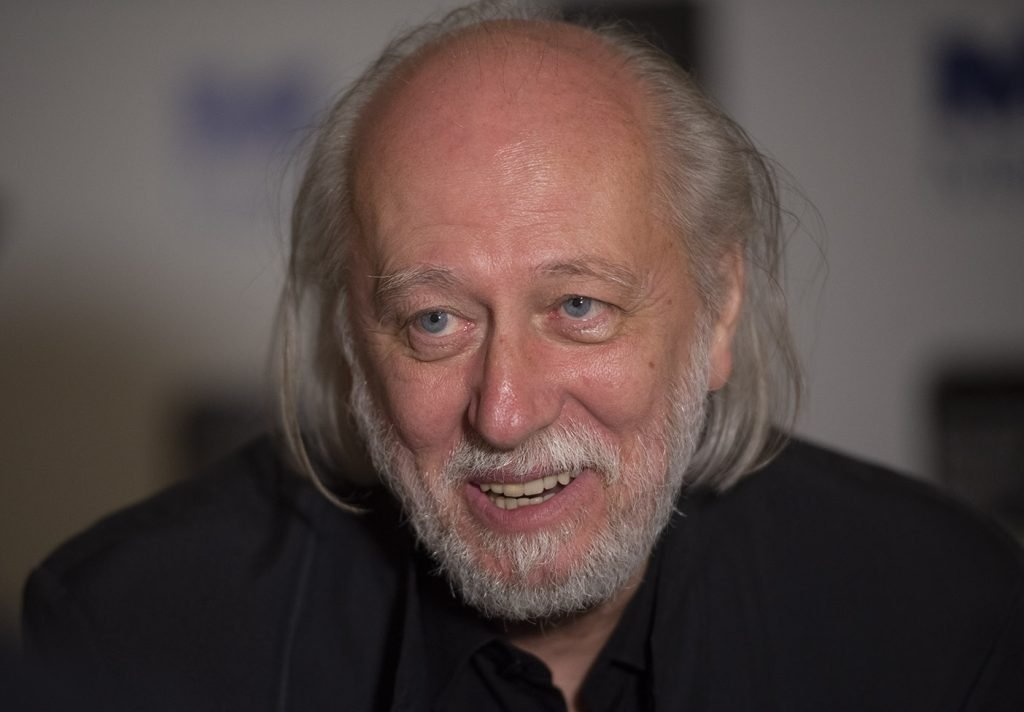
A Literary Lineage of the Lost
Krasznahorkai joins a lineage of Nobel laureates who confront existential despair through art. The 2024 prize went to Han Kang, the South Korean author of “The Vegetarian”, recognized for her poetic prose exploring historical trauma.
In 2023, Norwegian writer Jon Fosse received the Nobel for his minimalist style that expresses profound human emotion through simplicity.
Now, with Krasznahorkai’s win, the Nobel Committee continues its trend of honoring voices that probe the fragility and absurdity of existence.
“His work reaffirms the power of art amid apocalyptic terror,” said Anders Olsson, chair of the Nobel Committee for Literature, calling Krasznahorkai’s writing “a testament to literature’s ability to find light within the void.”
The Legacy of a Reluctant Prophet
Though often labeled a pessimist, Krasznahorkai sees himself as an observer of the human condition — a chronicler of decay and persistence. His novels, dense and unsettling, invite readers to confront their own spiritual unease.
His Nobel Prize, which comes with 11 million Swedish kronor (approximately $1 million), is not merely a personal triumph but a recognition of literature’s power to mirror chaos with clarity.
In a brief statement, the author said, “I never wrote for recognition — only to survive through words.”
For readers worldwide, his victory is a reminder that even in the bleakest narratives, art remains humanity’s last act of resistance.
For more Update http://www.dailyglobaldiary.com
World News
New Zealand pays Samoa millions after naval ship sinks… human error blamed for reef disaster
HMNZS Manawanui crash sparks environmental crisis, online controversy, and the country’s first naval loss since World War II
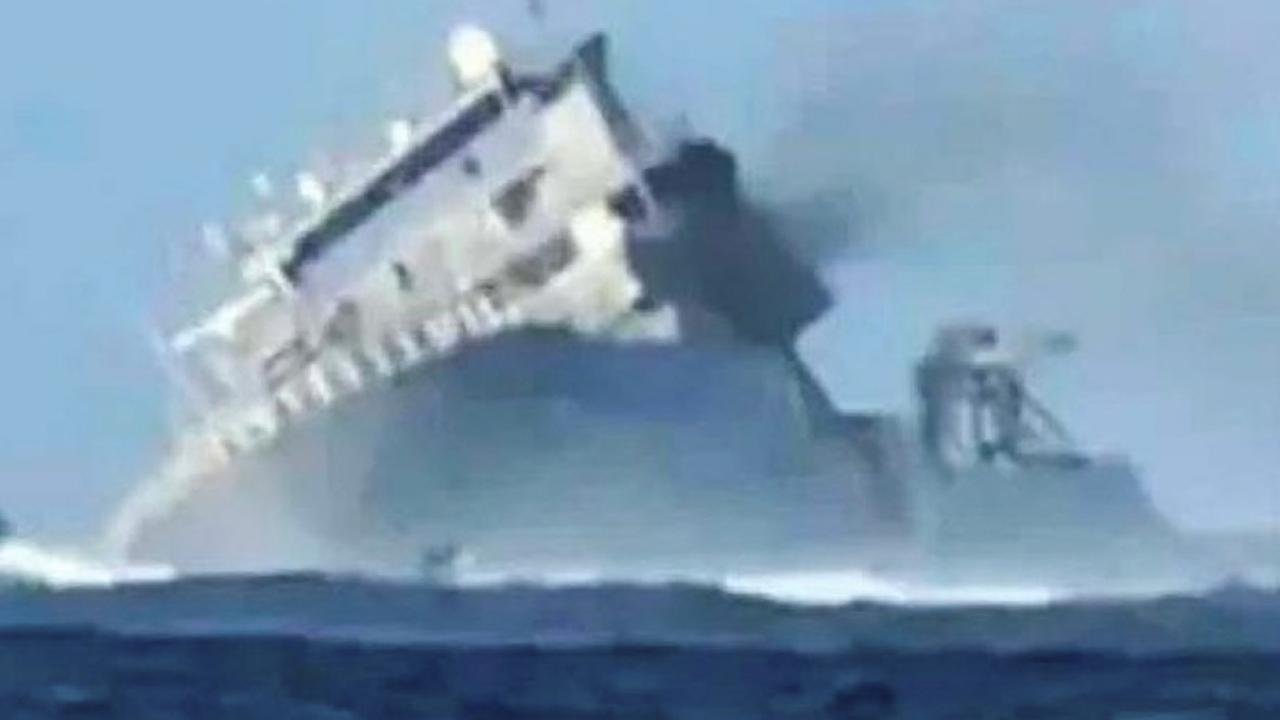
A year after one of its naval vessels ran aground and sank in Samoan waters, the New Zealand Government has paid 10 million Samoan Tala (NZD 6 million; £2.6 million) in compensation to Samoa.
The ship, HMNZS Manawanui, crashed into a reef off the coast of Upolu, sparking a fire before sinking beneath the waves. The incident, which occurred during a seabed survey in October 2024, was the first time New Zealand lost a naval ship at sea since World War II.
Oil slicks and dead sea turtles
The vessel began leaking oil after it went down, with slicks spreading onto nearby beaches and alarming reports of sea turtles washing ashore dead. Samoan authorities voiced concern about the environmental fallout, while local fishing communities reported disruptions to their livelihoods.
Foreign Minister Winston Peters confirmed the payment to Samoa, stating it was made “at Samoa’s request” and reflected the “serious impact on communities and the environment.”
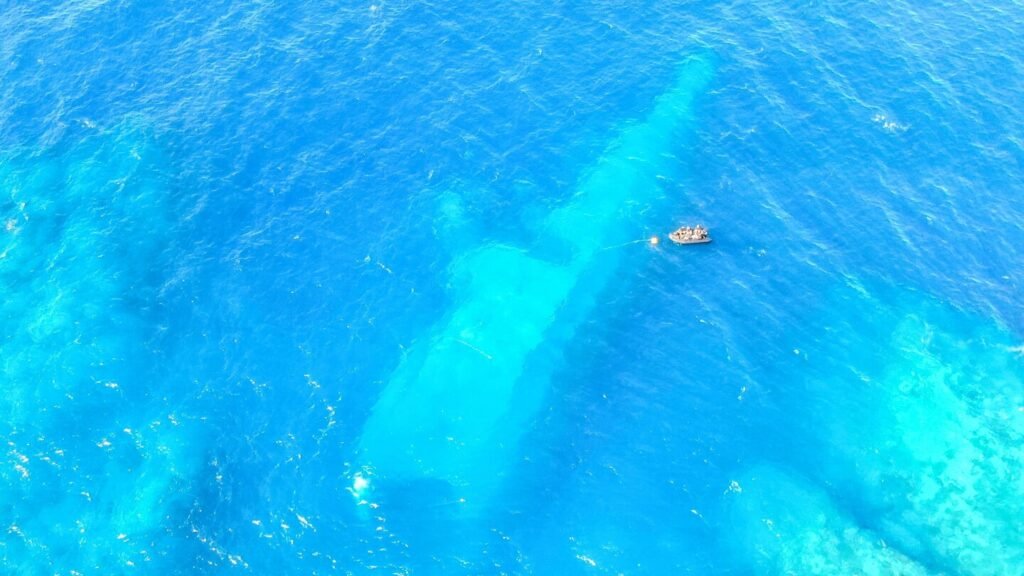
“We recognise the impact the sinking has had on local communities and acknowledge the disruption it caused,” Peters said. “Minimising environmental damage and supporting Samoa in its response remain our top priorities.”
Human error at the core
A formal inquiry into the disaster revealed a chain of human errors, most notably the crew’s failure to disengage the ship’s autopilot. Investigators said this lapse led directly to the grounding.
Despite speculation about mechanical failure, the New Zealand Defence Force confirmed human oversight was the root cause. Disciplinary proceedings are expected, though officials have yet to announce outcomes.
The online storm
As details of the crash surfaced, the ship’s female captain became the target of sexist trolling on social media. Some users wrongly claimed her gender was to blame.
The backlash drew condemnation from New Zealand’s then-Defence Minister, who dismissed the critics as “armchair admirals,” stressing that systemic failings, not gender, caused the crash.
The clean-up operation
Following the sinking, New Zealand dispatched naval teams to remove diesel fuel, lubricants, and other pollutants from the wreck. Salvage divers also cleared debris to limit long-term damage to Samoan reefs.
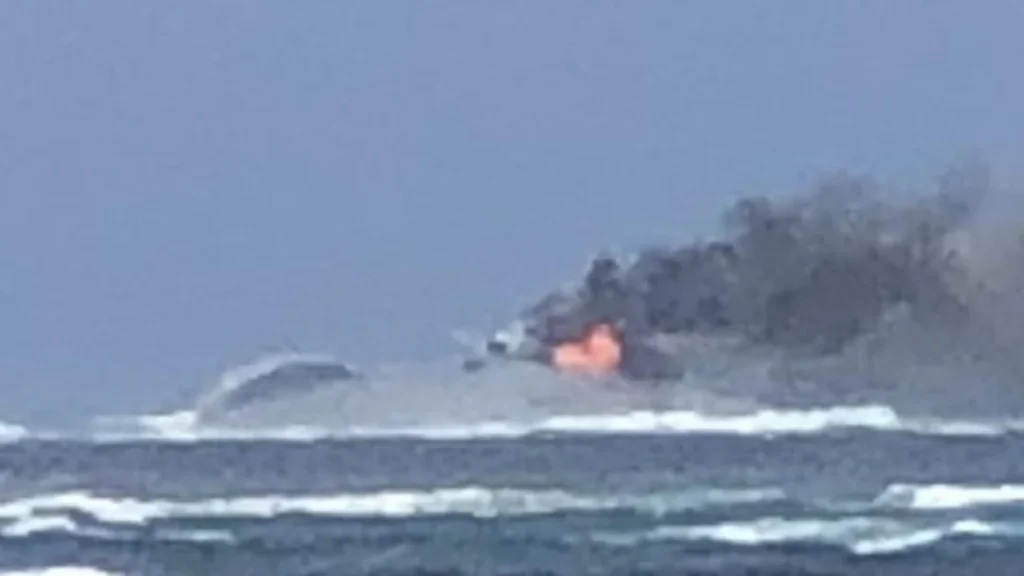
Still, HMNZS Manawanui remains lodged on the reef. Discussions continue between Wellington and Apia about its eventual removal or whether it should remain in place as an artificial reef.
What’s next?
The payment marks a rare intergovernmental settlement over a naval accident. While Samoa has welcomed the move, conservation groups remain cautious. Marine biologists warn the true scale of environmental damage may take years to assess.
For New Zealand, the episode is a sobering reminder of operational lapses and their consequences. For Samoa, it is both a financial settlement and a test of resilience in protecting its fragile marine ecosystems.
For more Update http://www.dailyglobaldiary.com
World News
Chinese Jets Intercept Canadian Air Force Plane Tracking North Korean Ships: What We Learned from the Dramatic Encounter
As tensions rise in the East China Sea, Canadian forces push forward with Operation NEON, tracking North Korean vessels amid Chinese military interference.
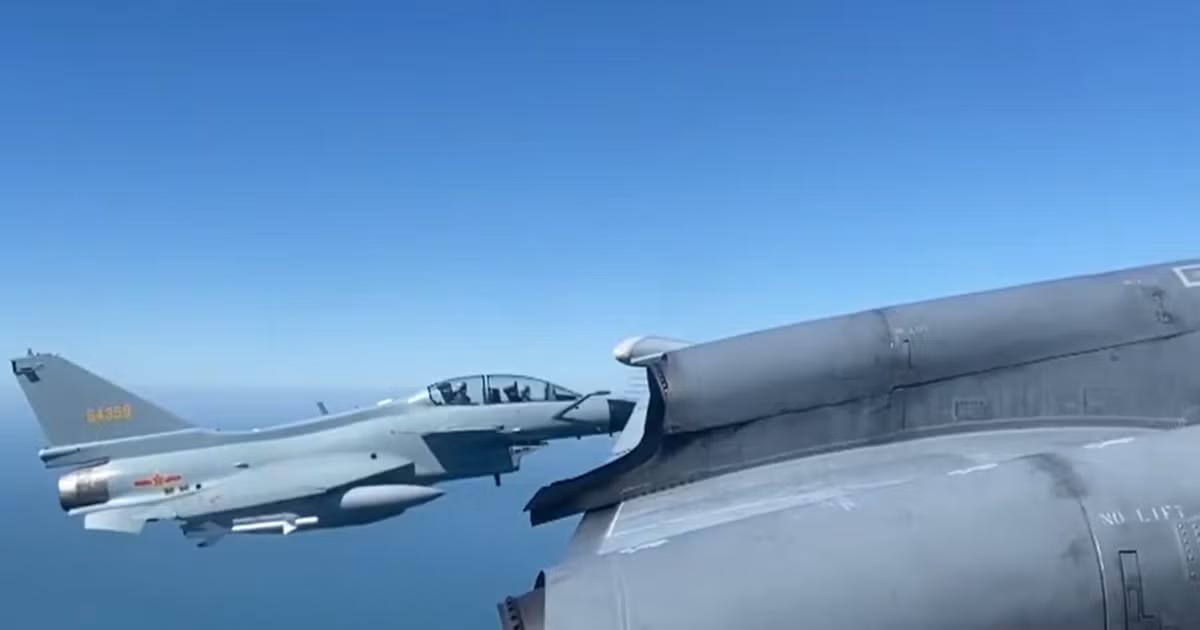
Operation NEON continues to play a critical role in monitoring and enforcing United Nations sanctions on North Korea. In the latest development, a Canadian Air Force CP-140 Aurora maritime patrol aircraft, on a mission over the East China Sea, encountered dramatic interference by Chinese fighter jets.
The mission, intended to track North Korean vessels violating international sanctions, became a tense standoff when Chinese jets intercepted the Canadian plane on multiple occasions. This high-stakes operation, which started on October 6, 2025, underscores the growing geopolitical tensions in the region, particularly involving China, North Korea, and Canada’s role in global security.
The Mission: Surveillance of Illicit Trade
The CP-140 Aurora is primarily used to track enemy submarines, but this time it’s being deployed to track North Korean ships involved in illicit trade. Under Operation NEON, the Aurora is gathering intelligence, taking photographs, and documenting suspicious vessels in the East China Sea, particularly those linked to North Korea’s nuclear weapons programs.
“We’ve certainly seen vessels that appear suspicious,” says the captain, who has been deployed for this mission. However, his identity has been withheld for security reasons. This mission serves as part of a broader, coordinated multinational effort to pressure North Korea into abandoning its weapons of mass destruction programs.
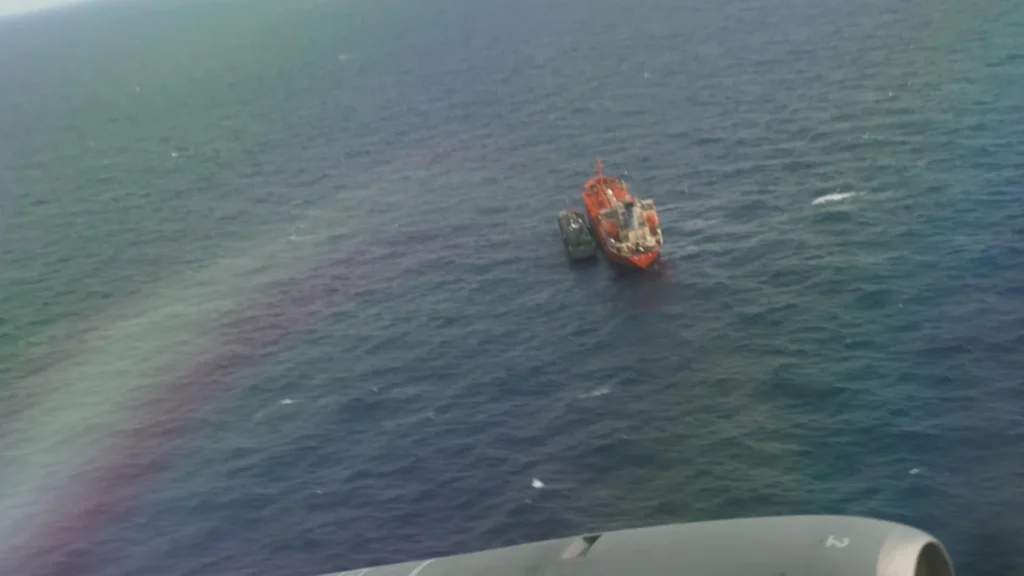
Chinese Intercepts and Growing Tensions
Operating in international airspace over international waters, the Canadian plane found itself increasingly within China’s radar. The Chinese military, unhappy with the presence of a foreign aircraft near its border, dispatched fighter jets to intercept the Aurora multiple times.
One of the intercepts saw the Chinese jet getting dangerously close to the Aurora, flying within 200 feet of the Canadian aircraft. Despite the hostile actions, the Aurora’s captain remained composed, calmly telling the Chinese pilot, “I’m a Canadian aircraft operating in international airspace, carrying out the duties of all nations.”
Such encounters are not entirely unexpected but have added an extra layer of risk to the mission. Brigadier General Jeff Davis, who commands the Canadian operation, stressed, “As long as things remain professional and safe, this mission continues unabated.”
China’s Role in North Korea’s Survival
The geopolitical backdrop to this encounter reveals China’s significant role in North Korea’s economy. Since 2006, China has been North Korea’s economic lifeline, especially after international sanctions were imposed following Pyongyang’s first nuclear test. While Russia has recently also provided support, China’s involvement remains pivotal in sustaining North Korea’s economy.
This relationship is critical as North Korea continues to develop nuclear weapons, with estimates suggesting it possesses around 50 nuclear warheads. The Kim regime has made clear its intentions to force the world into accepting it as a nuclear power, as it nears the development of long-range missiles capable of delivering nuclear payloads to the U.S. mainland.
The High-Risk Operation
Despite the clear danger posed by these intercepts, the Canadian Air Force crew is determined to continue with Operation NEON. The crew’s primary mission is to collect crucial intelligence for the United Nations’ Enforcement Coordination Cell, which is tasked with ensuring sanctions compliance.
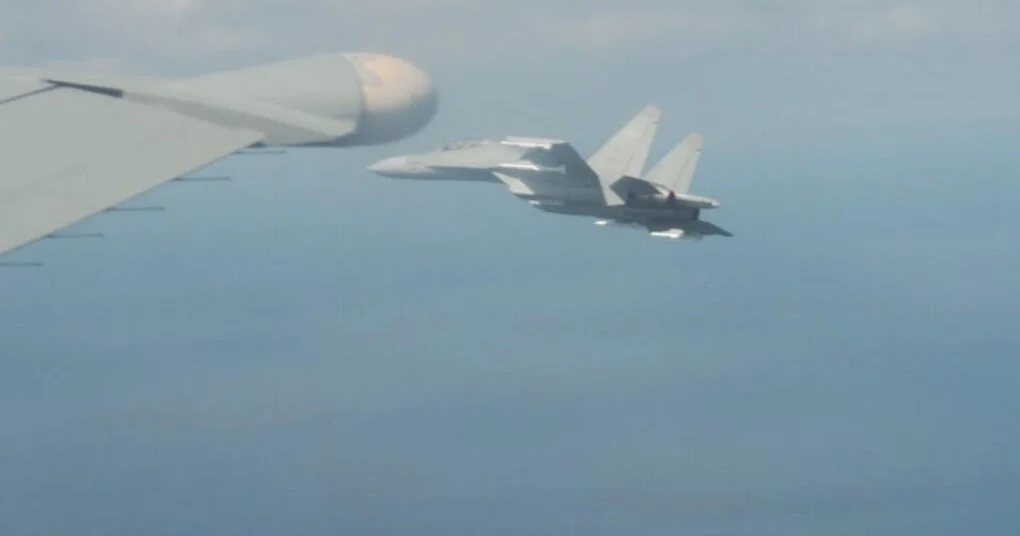
“This adds stress to the mission,” admits the Canadian pilot. “Sometimes they try to maneuver closer, but we do everything we can to keep the aircraft safe.” The intercepts are not just tense but also reflect the rising militarization of the East China Sea as China seeks to assert its dominance in the region.
The Bigger Picture: U.S. and Global Involvement
As the situation continues to evolve, **U.S. President Donald Trump has expressed a willingness to meet with Kim Jong Un again, despite the lack of tangible results from their past summits. Trump, who has met with Kim three times, continues to push for diplomatic engagement, albeit under terms that Kim finds unacceptable. This dynamic is part of a broader international challenge, as nations like China, Russia, and the U.S. navigate the complexities of dealing with North Korea’s nuclear ambitions.
A Mission Completed Despite Challenges
After nine hours of intense intelligence gathering, the Aurora returned to base, completing its mission under incredibly difficult circumstances. The operation highlighted the importance of international cooperation and intelligence sharing in the face of rising global tensions.
For more Update http://www.dailyglobaldiary.com
-

 Entertainment1 week ago
Entertainment1 week agoSurvivor Season 49 episode 2 shocker Kele tribe loses again and fans stunned by who went home
-

 Entertainment5 days ago
Entertainment5 days agoCharlie Hunnam reveals chilling transformation into serial killer Ed Gein for Ryan Murphy’s Monster… “I didn’t want to glamorize it”
-

 Sports1 week ago
Sports1 week agoTottenham’s Champions League wake-up call… why Spurs must stop looking like a Europa League side
-

 Sports5 days ago
Sports5 days agoShohei Ohtani finally pitches in MLB playoffs after 2,746 days… will this be the moment that defines Dodgers vs Phillies?
-

 Technology News1 week ago
Technology News1 week agoBitchat downloads skyrocket in Madagascar as protests erupt over water and power cuts… Jack Dorsey’s app becomes a lifeline
-

 Sports6 days ago
Sports6 days ago‘Silent killer’ Cam Schlittler stuns Red Sox as Yankees rookie makes history with 12 strikeouts
-

 Crime & Justice1 week ago
Crime & Justice1 week agoProsecutors demand 11 years for Diddy after shocking trial says Cassie’s testimony revealed dark truth
-

 Entertainment1 week ago
Entertainment1 week agoTaylor Swift says Elizabeth Taylor and Bruce Springsteen shaped her new album The Life of a Showgirl… here’s how





























superph11
August 16, 2025 at 6:35 AM
Roulette’s randomness is fascinating – the math behind it is truly elegant! Seeing platforms like superph11 app cater to local preferences with options like GCash is smart. It’s about more than just games; it’s community & convenience!